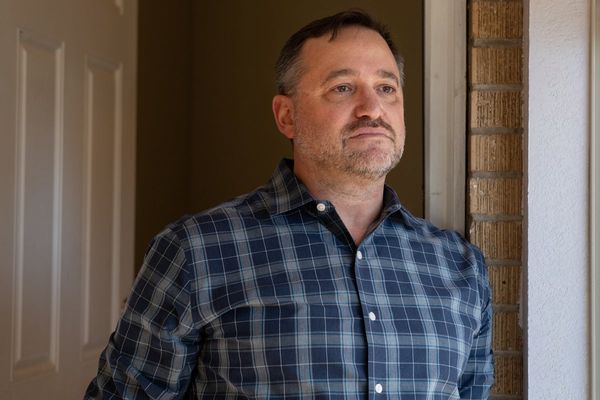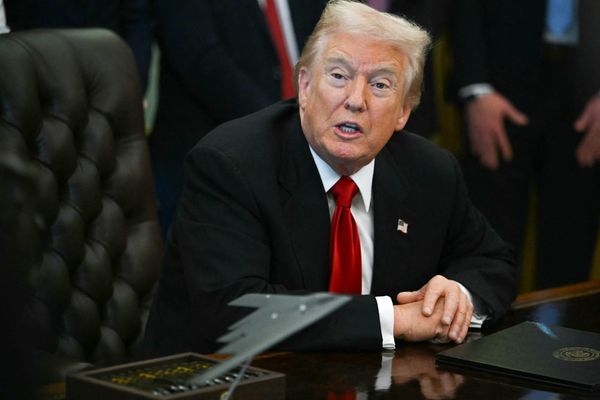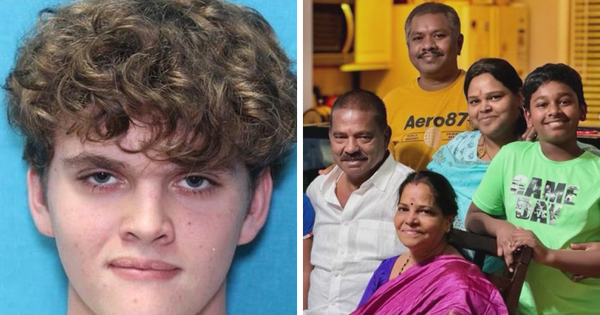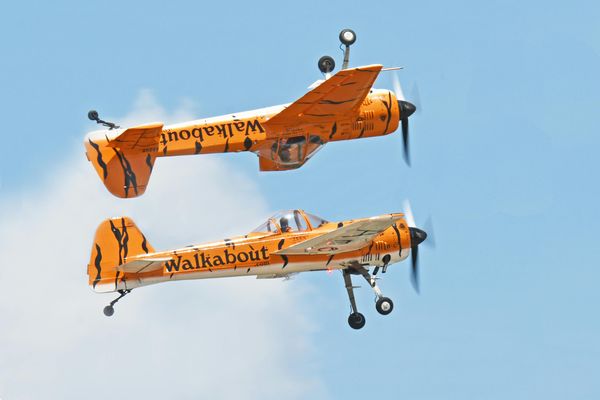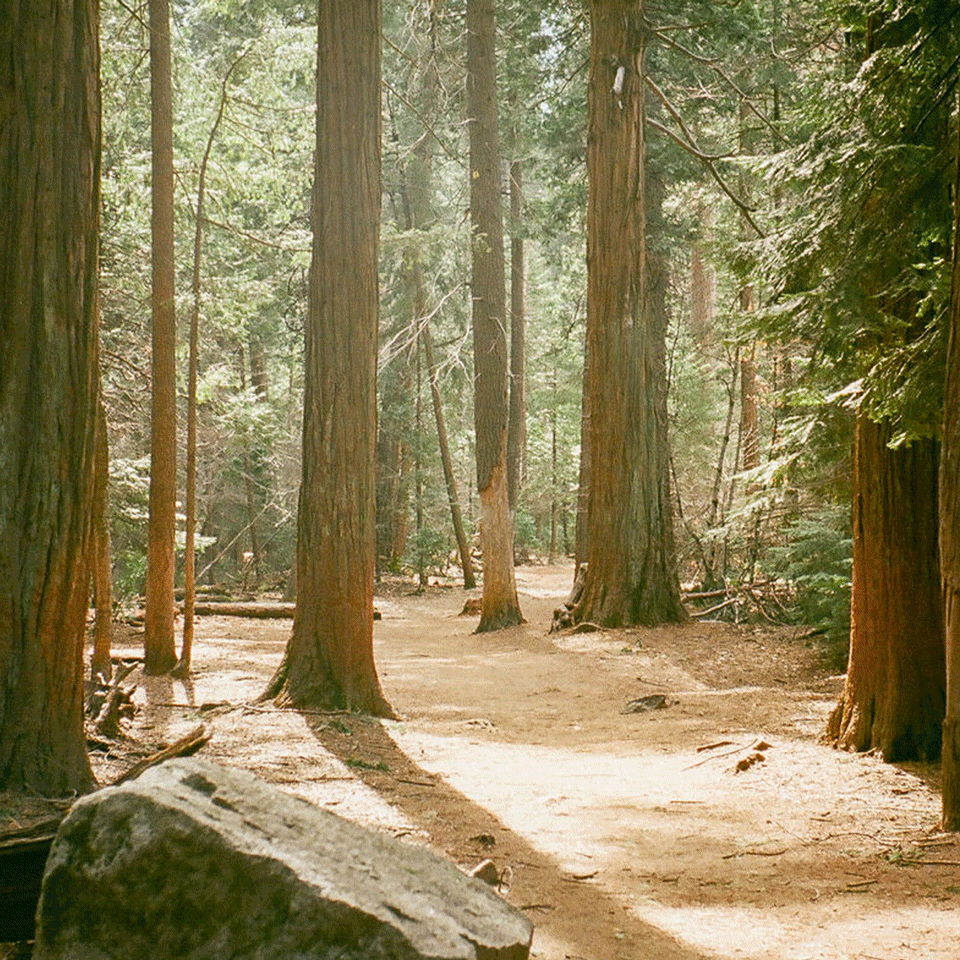
It was on a visit to Zion National Park and the Grand Canyon when Evelynn Escobar noticed it. She was 23, road tripping to a national park for the first time, and realized that among the crowds there was no diversity—no one who looked like her. "I saw nothing but white people," she says, remembering how she clocked the stares. "I'm Black and Indigenous to Guatemala. My ancestors are from just south of there, and yet I'm the one who looked out of place."
After returning home to L.A., Escobar learned she wasn't alone in feeling like an outsider in the outdoors: Nearly 70 percent of today’s outdoor enthusiasts are white, creating what she refers to as the "nature gap," a lack of diversity on trails and in parks, in part because of racial and economic disparities affecting access.
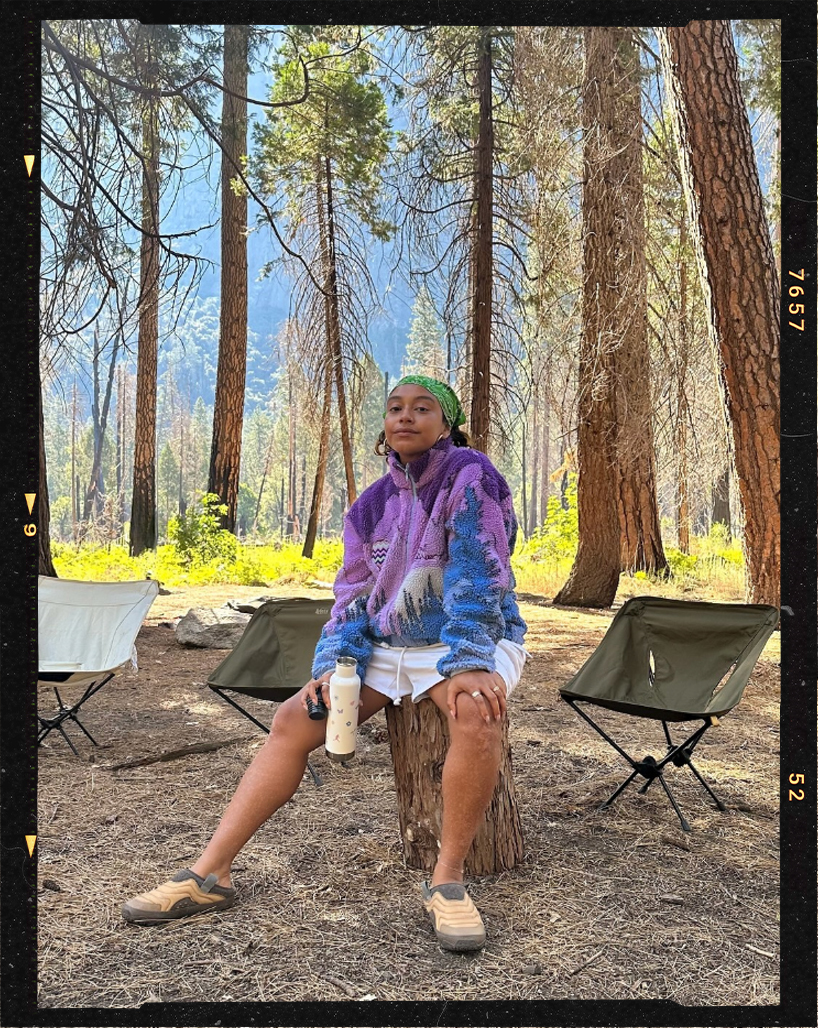
Addressing those inequalities inspired her to forge a new path, and became the guiding force behind Hike Clerb—a collective Escobar began in 2017 to "reimagine a more equitable and inclusive outdoors." The group offers guided day hikes, overnight backpacking trips, gear workshops, trail stewardship days, and community socials—all in the spirit of providing Black and brown people with the opportunity to connect with nature, and ultimately, find healing through the land.
Since its inception, Hike Clerb has grown from a ten-person inaugural trek to Griffith Observatory in L.A. to a coast-to-coast movement with over 45,000 digital club members and regular programs in L.A., New York City, and the Bay Area. It's joined forces with brand like Timberland and The North Face to expand its community, including the ability to provide gear grants to first-time hikers.
I want people to use their imagination and help build a world where the most excluded are actually the most included.
But Escobar isn't done. “I want people to use their imagination and help build a world where the most excluded are actually the most included,” she says. Below, she shares what's next for Hike Clerb, the progress she's seen since she first began, and why movement is medicine.
What were you doing before Hike Clerb, and what inspired you to change gears?
My background is in social media management. I was working for different fashion and beauty brands while I was building Hike Clerb, and while it felt fun from the expression standpoint, I just didn’t feel totally fulfilled. That shift crystallized during a moment of curiosity after my visit to Zion; it set off this big moment of clarity of just like, Why is it like this? I wanted to bring other women like myself to come together and take up space in the outdoors. I was able to channel my social media knowledge and skills into actually creating a community that is very social-first. That was the catalyst.
A big part of Hike Clerb's mission is obviously to get people out hiking, but it's also much bigger than that. Can you share any moments that illustrate that?
Someone recently told me they met their best friend at one of our events, and then attended her wedding. Parents in our family program say their kids now connect every camping trip back to Hike Clerb. It’s become this really beautiful thing where we’re a fixture in people’s core memories, and that’s my favorite piece of it.
Moments like that show we’re not just logging trail miles; we’re flipping the script on who gets to belong outside. We center women, femmes, and non-binary folks precisely because the trail hasn’t, but anyone who’s down to reimagine the outdoors is welcome to lace up and come along.
Hiking is our vessel to surface the challenges we see in society, ground them, and inspire action.
You have grown from an Instagram account to a full-fledged nonprofit. What has funding and leadership looked like for you as a woman of color?
When it comes to for-profit businesses, Black women get about one percent of venture-capital dollars—in philanthropy, it’s even less. A lot of what I’ve done has been making the impossible possible with limited resources. Imagine what we could do if someone actually said, ‘Here’s the capital, we’ve got your back.’
I was a reluctant leader—introverted, shying from attention—but the work taught me to be comfortable with being uncomfortable. Real self-care isn’t a spa day; it’s prioritizing my wellness so the community can thrive. I’ve learned to ask for help, honor my bandwidth, and lead with vulnerability and honesty. Nature has also been integral to my journeys in mental health and motherhood.
I’m world-building; creating the place I want my kids to exist in. I’ve led hikes while seven months pregnant, I bring my daughter, and I make space for every age to be out there. If you hear a kid having a tantrum or crying, that’s just them being them. It might feel weird at first because it’s not normalized to be in community with children, but they’re people too, and they need to be out here. Showing that parenthood belongs outdoors has also been liberating for me and for others who see it.
What does the future of the outdoors look like when the people who were once left out are welcomed?
We’re leaving a legacy of healing, curiosity, exploration, and changing narratives about who takes up space. If you care about nature, you connect it to everything: climate, justice, community, wellness. This journey has fundamentally changed my life in every way. The blueprint we’re leaving shows people taking their own healing seriously and giving their kids the opportunities they never had.
Moments like that show we’re not just logging trail miles; we’re flipping the script on who gets to belong outside.
How did you picture inclusivity on the trail back in 2017, and what does it look like now?
There’s absolutely been a positive evolution. We’re breaking the stereotype of what an outdoorsy person looks like; people are embracing their own version of nature and naming the healing piece—mental health, self, and community care. I wanted to bring the fashion and the cultural part in, and make the trail itself a kind of creative expression. But I still go to places like Yellowstone and think, Wow, it feels like no work has been done here. There’s a ton left to do.
I want to get to the root. Hiking is our vessel to surface the challenges we see in society, ground them, and inspire action. Without political education, we can’t dissect why these spaces look the way they do.
Where do you see Hike Clerb in the next few years?
We’ve accomplished so much in eight years, but when I look to the future, I envision a Hike Clerb that is well-resourced and [even better] supported. One that is activating across the globe, tapping into more unique cultural experiences that connect people to the land in exciting new ways, led by the people of those cultures. Instagram is our biggest funnel into the Hike Clerb universe, and that digital momentum keeps fueling growth on the ground. We’ve done a lot with limited resources, but real funding would let us scale our impact even further for the long haul.
